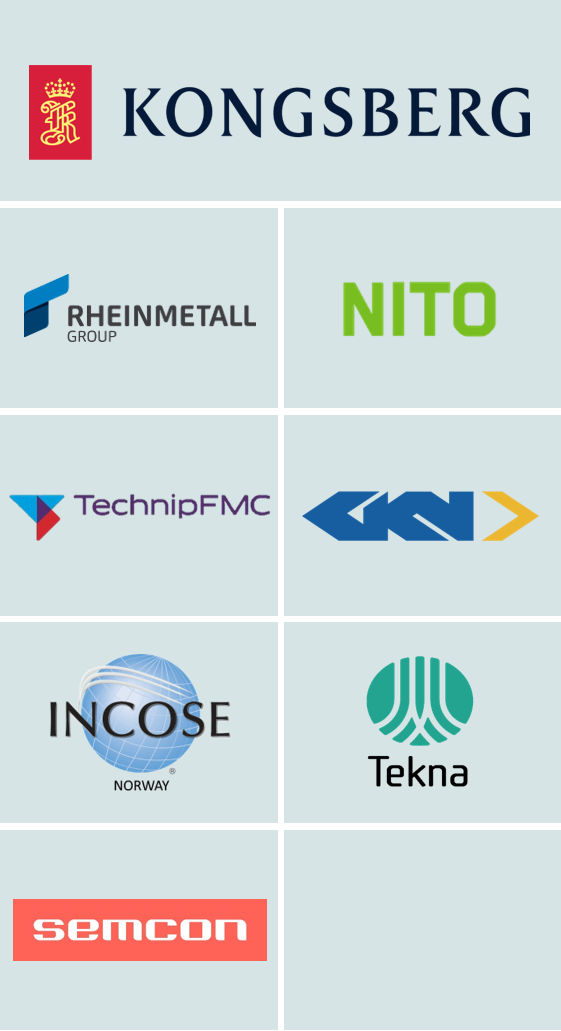Title: Early phase need analysis – Can we ease systems integration?
Abstract: Contractors in the oil and gas industry are experiencing an increased pressure to deliver projects at a lower cost and at a shorter schedule. Extensive requirements combined with strict governing documents restrict project designs. Therefore, contractors need efficient governing processes that capture customers’ needs and ensure that system requirements relates to these customer needs.
In the execution phase of a project, the engineering degrees of freedom are limited. In the early project phase of concept and study, the basic design is established. The design freeze occurs in the tender phase, based on a best interpretation of customer needs. This causes any changes made in the execution phase to be costly and have the potential to impose severe subsequent consequences. Proper use of systems engineering ensures a minimal amount of late design changes. The most important systems engineering process in such a context, is the capturing of customer needs and definition of user requirements. If the customer needs are not identified before the startup of the execution phase, the project risks not identifying them before the systems integration phase, when the subsequent changes have the largest cost and schedule impact.
We researched the processes used to capture system requirements today, and the potential impact of using systems engineering techniques for this purpose. We uncovered multiple gaps in the current process of capturing customer needs, which subsequently led to the definition of system requirements based on international standards and best practices, instead of actual needs. Our research also showed that with a process of capturing customer needs based on systems engineering techniques, as much as 92% of the costs imposed by late design changes are avoidable.
Biography: Eldar Tranøy is a Systems Engineer in Aker Solutions. He has 5 years’ experience from the Norwegian offshore industry. His project experience includes EPC projects for semisubmersible drilling vessels and EPC projects for subsea light well intervention equipment. Since 2011 he has been working as a systems engineer in work over and well intervention projects for the Norwegian Continental shelf. He has education as a Subsea engineer from Bergen University College and as a Systems engineer from Stevens Institute of Technology and Buskerud University College.

